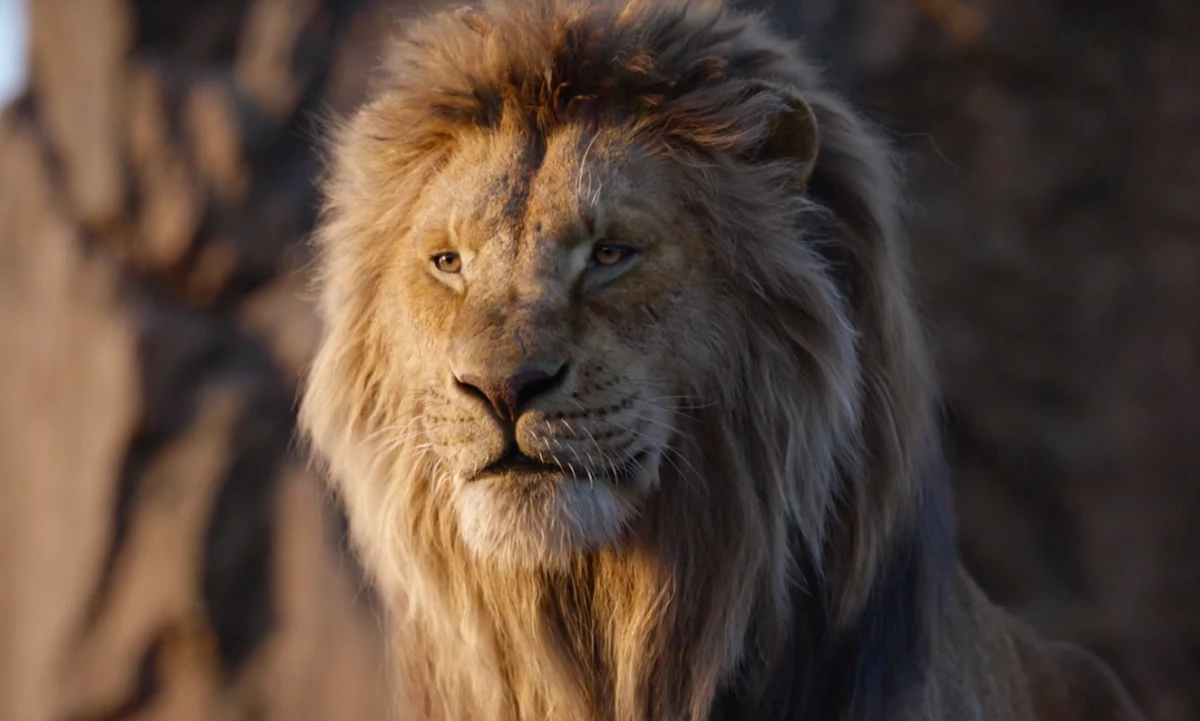On the bustling first day of Comic-Con 2019, excited fans gathered to hear the secrets of creative experts on the “Hollywood Game Changers: A Conversation with the Creative Women Behind Popular Films and TV Projects” panel.
The conversation featured a panel of Emmy-winners and established creatives including sound designer Paula Fairfield (Game of Thrones), composer Anna Drubich (Scary Stories To Tell In The Dark), costume designer Mona May (Enchanted, Santa Clarita), animation director Anna Hollingsworth (Unikitty!, BoJack Horseman), costume designer Meghan Kasperlik (The OA Part II, Watchmen), production designer Judy Rhee (Better Call Saul), and costume designer Melissa Bruning (Space Jam 2, War for the Planet of the Apes). The panel was moderated by partner and director at Neer Motion, Chandra Feltus, and cinematographer Fiorella Occhipinti.
To kick off the panel, Paula Fairfield talked about pulling from personal experiences to create her art, “I lost a number of people I love when I started working on Game of Thrones. The first thing I did was to express my story through my sound design. I had people hearing my story through beautiful dragons. I put my heart and soul into the dragon sounds and in return they sounded as I was feeling and it felt like people were hearing my story.”
Discussing the iconic costumes on Clueless, Mona May commented, “Clueless married the two loves of mine, which are costume design and film and the rest was history. You start with a great script and the outfits come from there.”
Speaking about translating a character’s personality to the costume design, Melissa Bruning spoke about Regina Hall’s character on Black Monday, stating “The amazing thing about Regina is that she comes with such internal power. We hit the right tone based on the time period, but also made it feminine enough that she was known as the woman in the office.”
Sharing her wisdom on how to succeed in animation with the audience, Anna Hollingsworth suggested, “As a mom can you have it all when you have a strong support structure. It always helps having a support system, but it is still hard to balance both. However it does make you a great multitasker!”

Judy Rhee shared her experience about being a woman of color in the entertainment industry, “There were very few people of color when I started, but now there are more women than ever, especially of color. As a production designer I am grateful for the people that believed in me from the beginning. We have made progress and I believe it is changing.”
The conversation then transitioned to further discussion on specific highlights on the creatives’ respective shows. Meghan Kasperlik reflected on her Emmy-nominated work on HBO’s Fahrenheit 451, discussing “I researched about firefighters all around the world. I wanted to make sure that the fire reflected off of the jackets when used at night. The textile artist would rewax them every day or week based on the amount of heat that hit the jackets.”
Talking about her work on Scary Stories to Tell in the Dark, composer Anna Drubich commented, “On the one hand we wanted a good traditional orchestral score. But there are all these different textures, which we wanted to use to inform the story. So we came up with the idea that every horror sequence was going to have its own sound center to elevate the individual monster stories.”
The panelists closed the panel reflecting on the future of storytelling. Ultimately, they all agreed that female creatives are dominating all over the industry, and are continuing to succeed and grow. Comic-Con attendees left the panel with a newfound appreciation for these fantastic group of trailblazers and female Game Changers, eager and excited to continue their day.
Photo Credit: Art Vega/Impact24 PR
Poster Credit: Impact24 PR

Movie
‘Mufasa: The Lion King’ Will Leave You Breathless

“Mufasa: The Lion King” is a visually stunning addition to the beloved Lion King franchise, offering a fresh and emotionally resonant take on the origins of one of Disney’s most iconic characters. The film beautifully explores Mufasa’s journey, balancing heartfelt moments with touches of comedy that lighten the mood and make the story accessible to audiences of all ages. The animation is breathtaking, capturing the vibrant landscapes and lush environments of the Pride Lands, adding depth to Mufasa’s character and his relationships.
The storytelling is compelling, effectively pulling at the heartstrings while providing insights into Mufasa’s character before he becomes the legendary king. However, the setup for Scar’s betrayal feels somewhat underdeveloped, lacking the deeper motivation that could have enriched their complex brotherly relationship. This missed opportunity leaves a slight gap in understanding Scar’s actions, which could have elevated the dramatic stakes.
The musical score is impressive, featuring memorable songs that enhance the emotional impact of pivotal scenes. While there are several standout tracks, one song, in particular, resonates deeply and is sure to linger in viewers’ minds long after the credits roll. Overall, “Mufasa: The Lion King” is an amazing film and a worthy addition to the Lion King lore that manages to deliver both laughter and tears, offering a rich tapestry of storytelling that fans will appreciate.
Movie
Is ‘Kraven the Hunter’ a Total Letdown?

“Kraven the Hunter,” directed by J.C. Chandor, aims to introduce a beloved Spider-Man villain to the big screen, but unfortunately, it falls short of expectations. The film suffers from noticeable issues, notably an overuse of ADR (Automated Dialogue Replacement), which detracts from the authenticity of the characters’ interactions and contributes to an uneven audio experience. This technical flaw is compounded by rough storytelling that feels disjointed and lacking in coherence, leaving viewers struggling to connect with the narrative.
Aaron Taylor-Johnson delivers a commendable performance as Kraven, showcasing the character’s gritty nature and complex motivations. His portrayal has potential, and it’s evident that he could elevate the character far beyond what is presented with a stronger script and direction. However, the absence of Spider-Man, a central figure in Kraven’s lore, leaves a void that the film struggles to fill. Without this critical connection, the plot meanders and fails to create the tension or stakes that fans of the superhero genre crave.
Additionally, including Rhino as a villain feels like a missed opportunity; he is presented more as a gag character with limited screen time, undermining any sense of threat or depth. For the average moviegoer, “Kraven the Hunter” might entertain but ultimately feels like a mediocre viewing experience. Comic book fans, however, may find disappointment in this lackluster attempt to create a solo character film. Instead of an exhilarating dive into Kraven’s world, the film presents a watered-down version, leaving audiences wishing for a more cohesive vision that honors its comic book roots.
Movie
A Brief Review and History of A Year Without a Santa Claus

A Year Without a Santa Claus, the 1974 stop-motion holiday classic produced by Rankin/Bass, is a heartwarming and whimsical tale that has cemented its place in holiday traditions. Based on Phyllis McGinley’s 1956 book, the story revolves around a disheartened Santa Claus who, feeling unappreciated, decides to take a year off from his Christmas duties. It’s up to Mrs. Claus and a pair of well-meaning elves, Jingle and Jangle, to reignite the Christmas spirit and show Santa the world’s unwavering belief in him.
The movie is beloved for its unforgettable characters, especially the bickering Miser Brothers, Snow Miser and Heat Miser. Their catchy, vaudeville-style musical numbers, “Snow Miser Song” and “Heat Miser Song”, are so iconic they’ve become cultural touchstones, often parodied and celebrated decades later.
Directed by Arthur Rankin Jr. and Jules Bass, the film continues the duo’s tradition of stop-motion magic, blending heartfelt storytelling with quirky humor. The voice cast, featuring Mickey Rooney as Santa and Shirley Booth as Mrs. Claus, delivers standout performances. Booth’s warm narration was her final acting role before retirement, adding a layer of poignancy to the film.
Initially released on December 10, 1974, on ABC, the special didn’t immediately achieve the legendary status of Rudolph the Red-Nosed Reindeer. However, it gained a dedicated following through annual holiday airings, nostalgic appeal, and its distinct charm.
The film’s themes of hope, unity, and rekindling joy remain timeless, making it a perennial favorite for audiences of all ages. Its blend of humor, catchy songs, and a touching message about believing in magic and goodwill ensures its enduring legacy during the holiday season.
For fans of holiday classics, A Year Without a Santa Claus is a must-watch that never fails to warm hearts and spread cheer.


